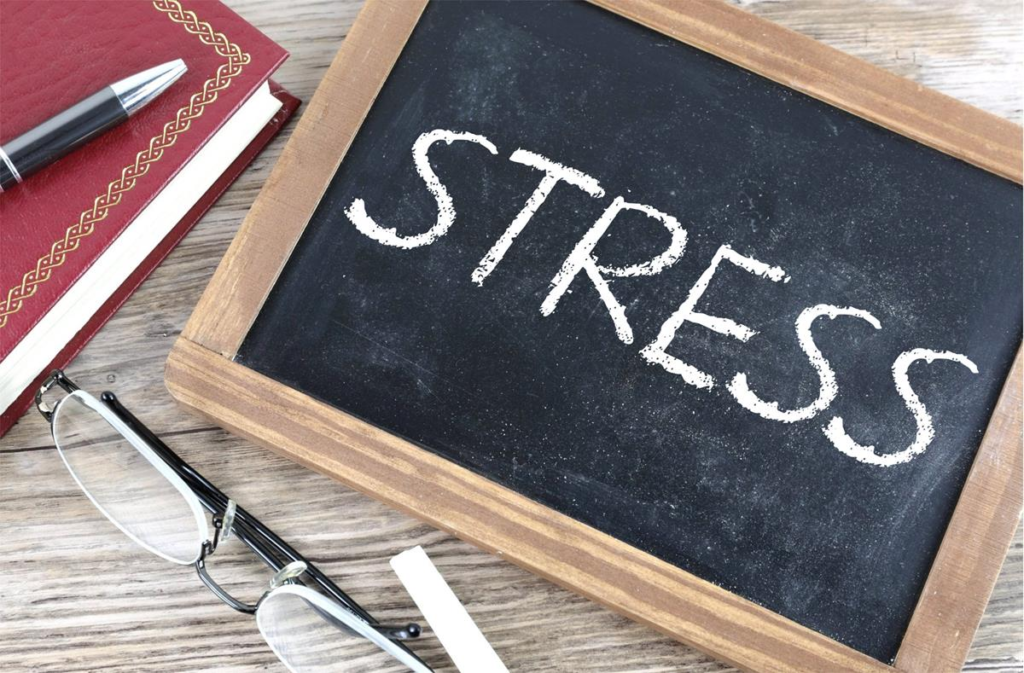Stress is a natural part of life, often acting as a motivator in challenging situations. When stress begins to feel unmanageable and persistent, it may be time to evaluate whether anxiety is at play. While stress and anxiety can overlap, recognizing the signs of anxiety is a key step in understanding how it differs and when additional support may be needed. Below, we’ll explore distinctions between stress and anxiety, common signs of anxiety, causes that go beyond typical stress, and when to take action.

Stress vs. Anxiety: Understanding the Key Differences
Stress and anxiety often feel similar, but they are not the same. Stress is usually a response to an external trigger, such as a tight deadline or a major life event. It tends to lessen once the situation is resolved. Anxiety, on the other hand, is a prolonged and often intense feeling of unease or worry.
While stress typically has a clear cause, anxiety may not always be tied to something specific. It can emerge even without an apparent reason, making it harder to manage or understand. Understanding this difference can help you identify when anxiety may be playing a larger role in your feelings of distress.
Signs That Point to Anxiety
It’s not always easy to identify, as it can present itself in subtle ways. Some signs may indicate you’re dealing with something more than stress.
Some common indicators include:
- Persistent worry that doesn’t subside, even when no immediate threat or problem exists.
- Restlessness or tension, often paired with difficulty relaxing, even when attempting to unwind.
- Physical symptoms include headaches, a racing heart, or frequent fatigue without a clear cause.
- Difficulty concentrating due to intrusive or looping thoughts.
- Avoidance behavior, such as steering clear of certain places, situations, or activities due to fear or overwhelm.
Triggers and Their Impact
It can stem from a variety of causes, including both identifiable and hidden triggers. External factors such as work-related pressures, financial challenges, or life changes may contribute to feelings of anxiety. At the same time, internal factors, such as negative thought patterns or personality tendencies like perfectionism, may amplify these emotions.
It may be linked to environmental conditions or past experiences. Situations involving conflict or uncertainty can act as triggers. Recognizing what prompts your anxiety, whether it’s external stressors or internal influences, is pivotal in understanding how to address it effectively. This awareness is a key step toward managing and reducing its impact.
When to Seek Support
It’s key to know when to seek guidance for anxiety, especially if it begins interfering with daily life. Anxiety that affects your sleep, work performance, relationships, or overall well-being may require further attention. Reaching out to a trusted resource, like a therapist, support group, or counselor, may provide valuable tools for navigating. Alongside professional advice, lifestyle changes such as regular exercise, practicing mindfulness, and maintaining a healthy diet may also contribute to overall well-being.
Moving Forward with Awareness
Recognizing when it is more than just stress starts with understanding its distinct signs and causes. While stress may come and go, anxiety often lingers and can eventually disrupt your daily life, making it key to acknowledge when professional support or lifestyle changes may be necessary. Addressing it early can lead to improved well-being and a clearer path forward. Seeking support isn’t a sign of weakness but an empowering step toward feeling more in control.

Leave a Reply